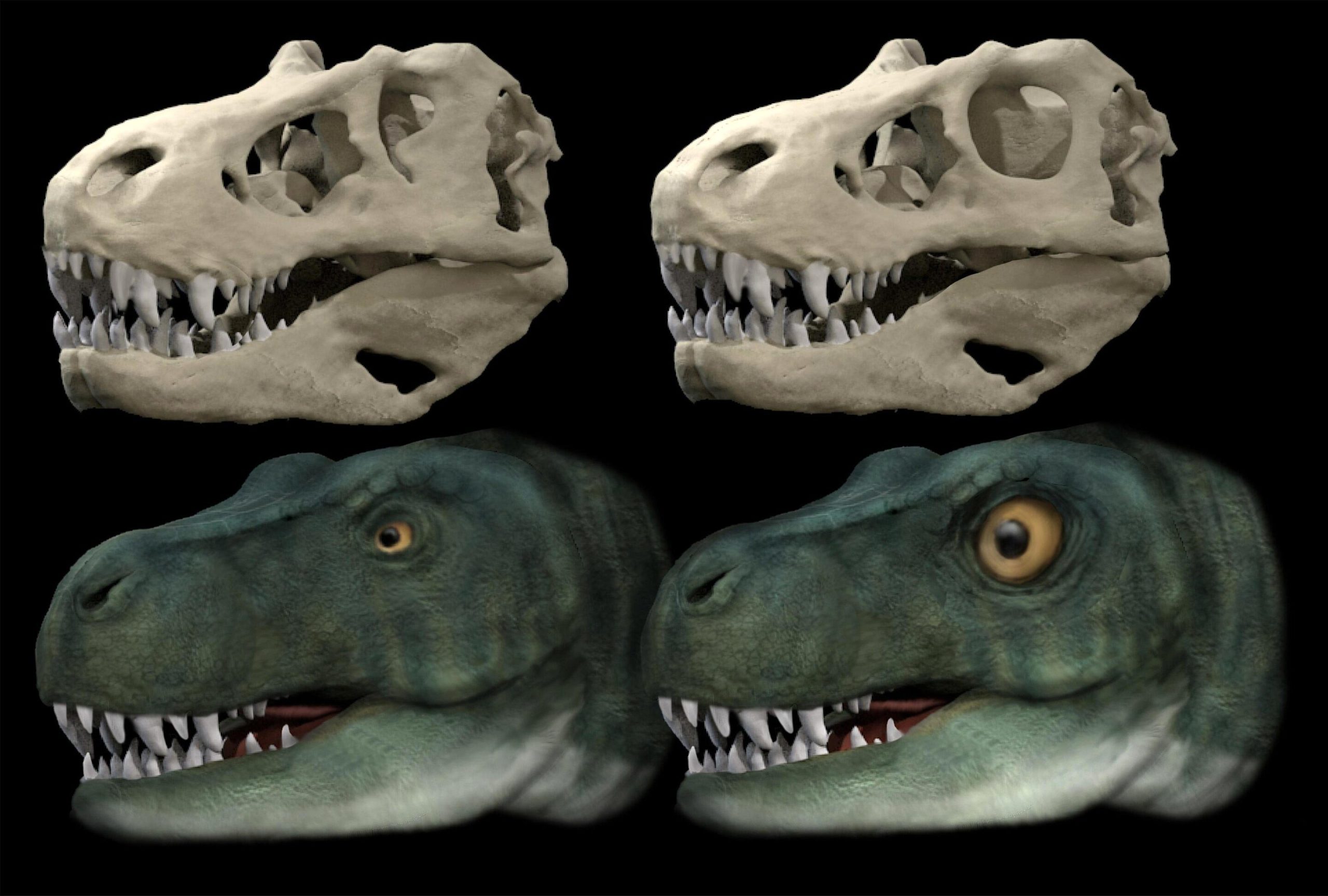Our team has meticulously gathered and synthesized a wealth of information to create this invaluable resource. Our unwavering commitment to accuracy and clarity ensures that this guide will empower you with a thorough understanding of the Tyrannosaurus rex, its behavior, and its reign over the prehistoric world.
| Feature | Tyrannosaurus Rex |
|---|---|
| Size | 40 feet long, 20 feet tall, and 15 tons in weight |
| Diet | Carnivore |
| Habitat | North America |
| Era | Late Cretaceous period |
FAQ
Unveiling The Tyrannosaurus Rex: The King Of Prehistoric Predators Unveiling The Tyrannosaurus Rex: The King Of Prehistoric Predators explores the captivating world of Tyrannosaurus rex, the apex predator that dominated the Late Cretaceous Period.

Tyrannosaurus Rex King Of Predators Leggings | Zazzle | Printed - Source www.pinterest.com
Question 1: Did the Tyrannosaurus rex have feathers?
While fossil evidence suggests that its close relatives, such as Yutyrannus, possessed feathers, direct evidence for feathers in Tyrannosaurus rex remains elusive. However, the possibility cannot be entirely ruled out.
Question 2: How strong was the Tyrannosaurus rex's bite?
The Tyrannosaurus rex had an exceptionally powerful bite, estimated to exert a force of up to 12,800 pounds per square inch, making it one of the strongest bites in the animal kingdom.
Question 3: How fast could the Tyrannosaurus rex run?
Despite its massive size, the Tyrannosaurus rex was not a particularly fast runner. It is estimated to have reached speeds of around 18 to 25 miles per hour.
Question 4: What was the average lifespan of a Tyrannosaurus rex?
The average lifespan of a Tyrannosaurus rex is difficult to determine with precision, but it is estimated to have been around 28 to 30 years.
Question 5: Why did the Tyrannosaurus rex go extinct?
The extinction of the Tyrannosaurus rex remains a subject of debate, but it is likely a combination of factors, including climate change, habitat loss, and competition from other predators.
Question 6: How big was the Tyrannosaurus rex?
The Tyrannosaurus rex was one of the largest land predators to ever live. It could grow up to 40 feet long and weigh up to 15 tons.
These are just a few of the frequently asked questions about the Tyrannosaurus rex. By delving into these questions, we gain a deeper understanding of this iconic predator and its role in Earth's prehistoric ecosystem.
Continue reading Unveiling The Tyrannosaurus Rex: The King Of Prehistoric Predators to discover more fascinating insights into the life, habits, and extinction of the Tyrannosaurus rex.
Tips
Discovering the enigmatic Tyrannosaurus Rex involves meticulous observation, astute analysis, and a comprehensive understanding of available evidence. Here are some practical tips to enhance your exploration:
Tip 1: Explore Scientific Literature:
Delve into scientific journals, research papers, and books to gather the latest findings and insights on Tyrannosaurus Rex. These resources provide detailed information based on paleontological studies, fossil analysis, and ongoing research.
Tip 2: Visit Museums and Exhibitions:
Immerse yourself in the grandeur of Tyrannosaurus Rex fossils by visiting museums and paleontological exhibitions. Examine skeletal remains, observe detailed reconstructions, and engage with experts to gain a firsthand perspective.
Tip 3: Analyze Fossils and Artifacts:
Study preserved fossils and related artifacts to uncover valuable insights into the anatomy, behavior, and environment of Tyrannosaurus Rex. Examine bone structures, teeth, footprints, and any other remnants that provide clues to its life history.
Tip 4: Engage with Experts and Researchers:
Seek knowledge and guidance from paleontologists, biologists, and scientific researchers actively involved in the study of Tyrannosaurus Rex. Attend lectures, participate in workshops, and consult with experts to deepen your understanding.
Tip 5: Explore Online Resources and Documentaries:
Utilize reputable online databases, documentaries, and educational websites to supplement your research. These resources offer visual aids, interactive models, and expert interviews that enrich your knowledge of Tyrannosaurus Rex.
Summary:
By embracing these tips, you can embark on an enriching journey into the realm of Tyrannosaurus Rex. Meticulous observation, thoughtful analysis, and a comprehensive approach to evidence will empower you to unravel the mysteries surrounding this iconic predator.
Unveiling The Tyrannosaurus Rex: The King Of Prehistoric Predators
Tyrannosaurus rex, the iconic king of the prehistoric world, remains a scientific marvel shrouded in mystery and enthralling wonder. Here, we delve into its profound aspects, unveiling the essence of this formidable predator.
- Bipedal Stance: Upright posture, enabling powerful locomotion.
- Enormous Skull: Massive jaws housing serrated teeth, designed for crushing bone.
- Binocular Vision: Advanced eyes providing depth perception for precise hunting.
- Robust Limbs: Muscular legs and feet, supporting its massive weight.
- Social Behavior: Evidence suggests pack hunting or group dynamics.
- Apex Predator: Dominated its ecosystem, preying on large herbivores.

Tyrannor by Porygon2z on DeviantArt - Source www.deviantart.com
These aspects intertwined to create a formidable predator of unrivaled power. Its bipedalism allowed for agile movement, while its massive skull and powerful jaws ensured devastating bites. Advanced sensory capabilities aided in hunting efficiency, and its strong limbs facilitated both speed and stability. Tyrannosaurus rex's dominance extended beyond its physical attributes, hinted at by possible pack behavior and its undisputed reign as the apex predator of its era.
Unveiling The Tyrannosaurus Rex: The King Of Prehistoric Predators
The connection between "Unveiling The Tyrannosaurus Rex: The King Of Prehistoric Predators" and the content details lies in the comprehensive exploration of this iconic dinosaur. This article presents a captivating journey through the discovery, anatomy, and ecological significance of the Tyrannosaurus rex.
The unveiling of the Tyrannosaurus rex involves unriddled its place in the evolutionary history of predators. As the apex predator of its time, it commanded a profound impact on the ecosystems it inhabited. The content details provide a window into its predatory adaptations, including its robust skull, massive jaws, and powerful limbs.

Large Dinosaur Predators – Such As T. rex – Evolved Different Eye - Source scitechdaily.com
Understanding the Tyrannosaurus rex's predatory prowess is not merely an academic exercise; it holds practical significance for our comprehension of prehistoric food chains and the intricate balance of ecosystems. The content details illuminate the role of Tyrannosaurus rex as a keystone species, shaping the distribution and behavior of other organisms within its habitat.
The exploration of Tyrannosaurus rex extends beyond its physical attributes and predatory capabilities. The content details delve into its evolutionary history, tracing its ancestry and highlighting the remarkable adaptations that led to its dominance. By uncovering the evolutionary journey of this prehistoric giant, we gain valuable insights into the plasticity and adaptability of life on Earth.
Conclusion
Unveiling the Tyrannosaurus rex unveils a captivating chapter in the history of life on Earth. The content details illuminate the remarkable adaptations, ecological significance, and evolutionary journey of this prehistoric predator. Through this exploration, we gain not only a deeper understanding of this iconic dinosaur but also a broader appreciation for the intricate tapestry of life that has shaped our planet.
The study of Tyrannosaurus rex continues to yield valuable insights into the dynamics of prehistoric ecosystems and the forces that have driven the evolution of life. By unraveling the secrets of this ancient predator, we enrich our understanding of the natural world and gain a glimpse into the grandeur and diversity of life that once roamed the Earth.